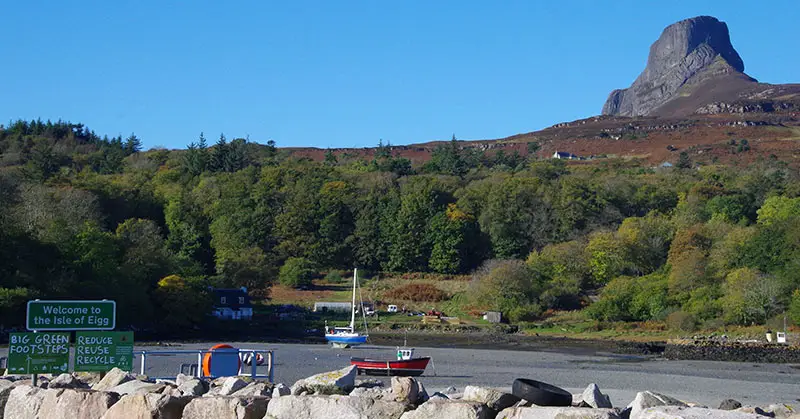As the world races to figure out how to meet electricity demands in a more sustainable, eco-friendly way, there’s one place that’s already got it figured out: The Isle of Eigg in Scotland. Meet the small off-grid island that’s been powered by off-grid renewable energy since 2008. (1)
Off-Grid Renewable Energy-Powered Isle of Eigg
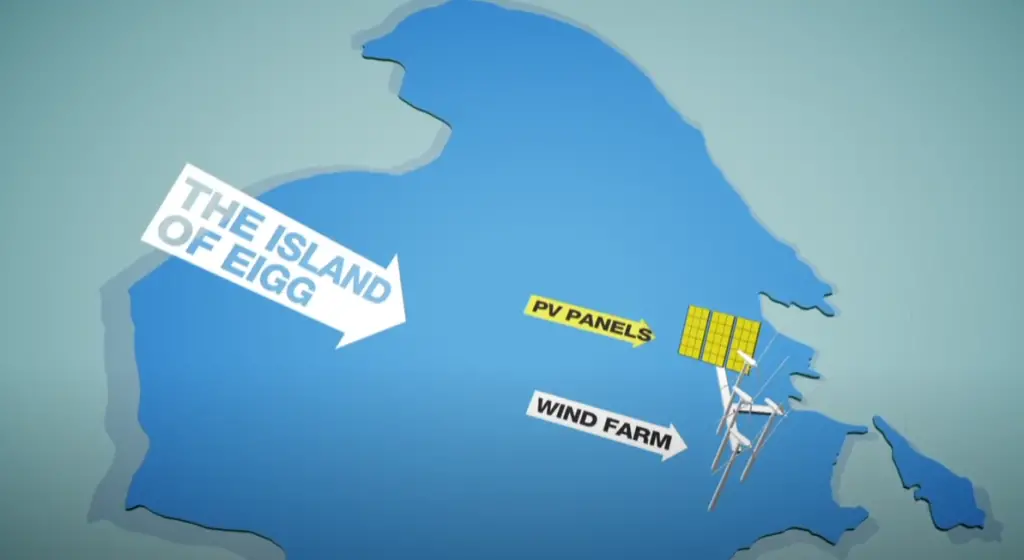
Prior to 2008, the 12-square-mile Isle of Eigg, a Scottish island 15 miles west of the mainland, got all of their electricity from loud, smelly diesel generators. The off-grid island’s 105 residents had enough and by February of that year, they switched over to an entirely off-grid renewable energy system. (1)
A combination of wind, hydro, and solar power transferred into a high-voltage underground grid power the entire community – homes and businesses. Now, researchers from around the world come to Eigg to figure out if the island’s model can be scaled to suit other places. (1)
Read: Arctic Norway will soon be home to the world’s first energy-positive hotel
How The Off Grid Island’s Energy System Works
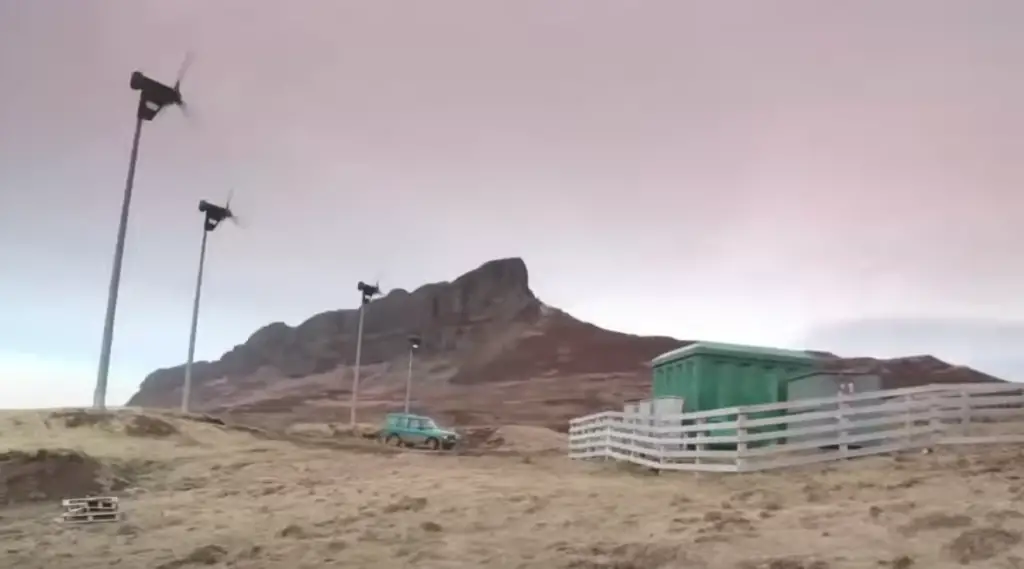
As already mentioned, the system uses a combination of (1):
- Hydroelectric generators
- Photovoltaic panels
- Wind turbines
They also have two 80kW backup diesel generators to cover days when the natural sources are low. On average, Eigg runs on 90% to 95% renewable energy. The other 5% of the time the backup generators are in action. (2)
Wind Power

Four wind turbines stand on a cliff below the peak of An Sgùrr. Together they feed up to 24kW of energy into the underground grid. Though Scotland is known for being windy, the turbines aren’t always able to function at full capacity. For this reason, they have two other systems available. (2)
Solar Power
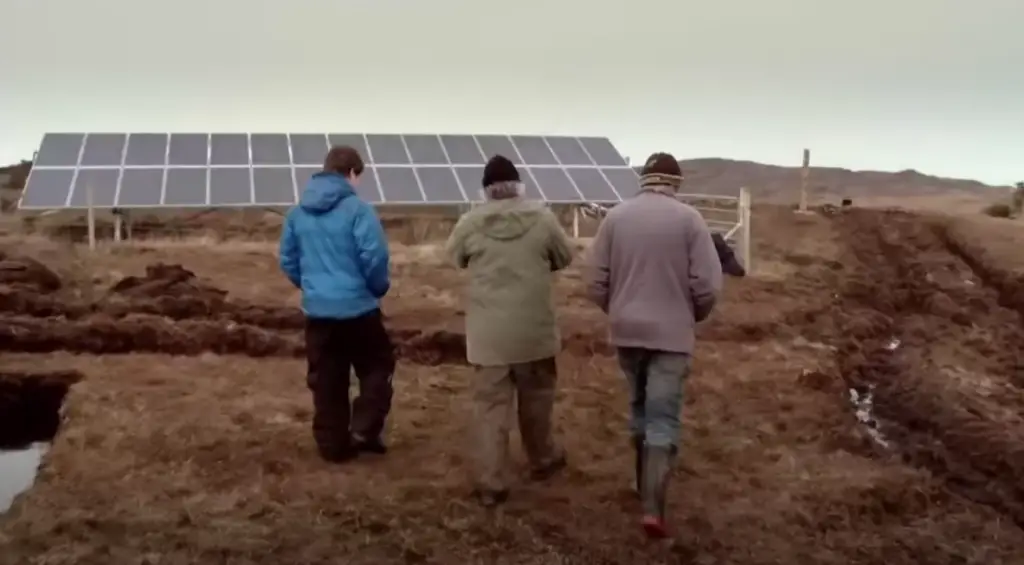
On the more northern part of the off-grid island sits the island’s photovoltaic panels. They’ve angled the panels at 30 degrees to capture as much sunlight as possible. The panels have a 50kW capacity and over the course of the full year only provide about 9.5% of their output. (2)
This is because during the fall, winter, and spring seasons, Eigg, like much of Scotland can be quite cloudy and sees few hours of sunlight, particularly in the dead of winter. The island’s northern location, however, means long days and plenty of time to catch rays in the summer. For this reason, the panels actually provide much of the island’s electricity in May, June, and July. (2) “That is when we tend not to have much wind and not much rain. The set-up that we’ve got now will carry the island all day and put charge into the batteries for the evening.” explains John Booth, former director of Eigg Electric. (2)
Read: Solar panels help French winemakers protect grape varieties from climate change
Water Power
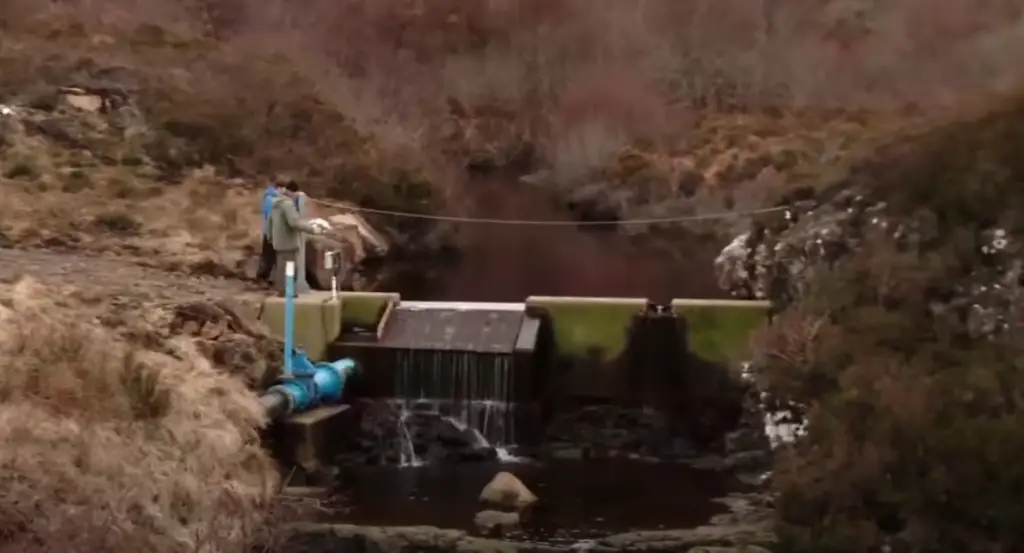
The third and final component of this off-grid renewable energy system is the three hydroelectric generators that create power from running water. This is a huge source of energy for the island throughout the winter months. (2)
The largest generator is on the north side of the isle and generates up to 100kW of energy. It does so by harnessing the water falling off of the 330-foot drop nearby. The other two hydro-generators produce 5kW to 6kW each and are positioned on the south side of the island. (2)
The Backup Generators
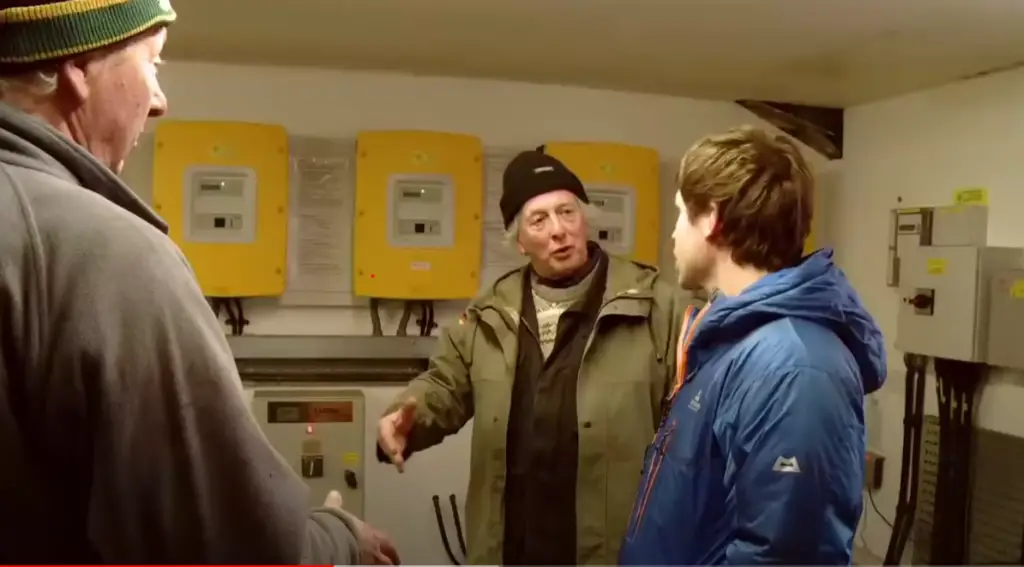
Eigg has two 7kW backup generators to charge the batteries and provide electricity when the weather doesn’t allow for either of the three systems with enough energy. This happens most often in the springtime. (2)
Some days in the wintertime, the off-grid island has the opposite problem and produces more power than necessary. When this happens, electric heaters automatically turn on in shared community spaces such as the two churches, the community hall, and the pier lobby. This is enough to keep these spaces warm all winter long. (2)
A Community-Run Project

Eigg Electric is a system run by the people of the island, none of whom are actually electrical engineers. (2) “The whole thing,” says Booth, “is run by and for the island.” (2) The six-person part-time maintenance team for the whole system is made up of people like the island gardener, baker, and knitter. They learned by following the construction company as it was built. (2)
The community voted and agreed upon pricing and usage. There is a standing daily charge of 12p (pence) per day along with a 23p charge per kW used. Homes get a maximum of 5kW to use at one time and businesses get 10. (2)
5kW is the equivalent of running an electric kettle and a washing machine at the same time. If you exceed your cap, your electricity is turned off and you have to call Eigg Electric to have it turned back on. This costs £20, so each home and business has meters installed to track usage so this doesn’t happen very often. (2)
Read: Self-Sustaining 54-storey Tower Planned In The Middle Of The Wilderness
Off-Grid Renewable Energy Systems Don’t Come Cheap
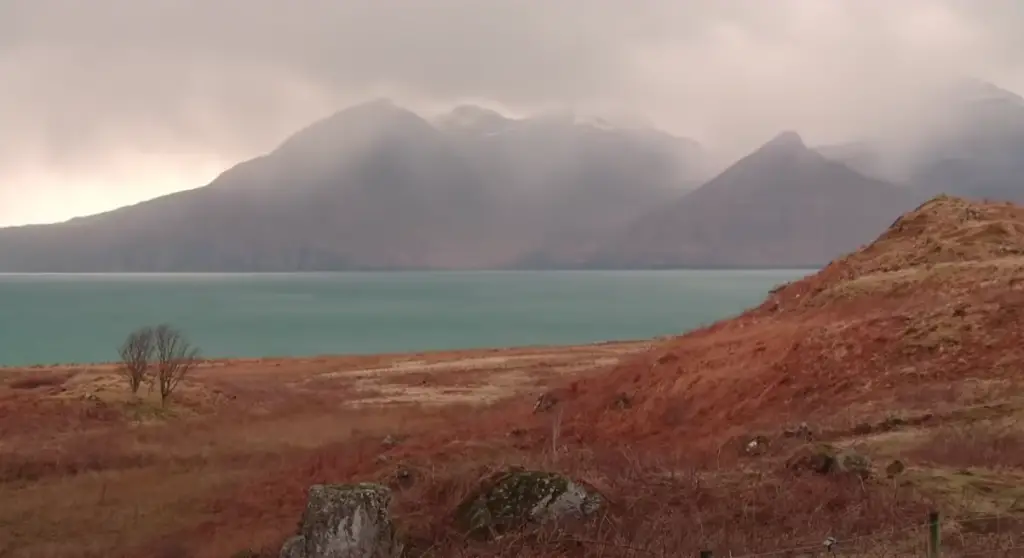
The European Union’s European Regional Development Fund financed the £1.66m project, along with contributions from other national bodies and the citizens of the island themselves. They understand that this high price for the initial investment is a problem for many other off-grid communities. (2)
“That is the major challenge for any country,” says co-author of the recent analysis of the island’s electric grid Subhes Bhattacharyya of De Montfort University, “especially in sub-Saharan Africa and Southeast Asia, where most people lack access. They need initial support for capital funding.” (2)
Communities in developing countries will need to tackle this issue of funding, as well as the unique challenges that each individual location will face. Eigg’s off-grid renewable energy system does prove, however, that living completely sustainably is possible.
Read next: All-girl engineer team invents solar-powered tent for the homeless
Sources
- “Meet the World’s First Island Powered by an Off-Grid Renewable Energy System.” Eco Watch. Lorraine Chow. April 20, 2017.
- “The small Scottish isle leading the world in electricity.” BBC. Karen Gardiner. March 30, 2017.
- “Analysis of off-grid electricity system at Isle of Eigg (Scotland): Lessons for developing countries.” Science Direct. Zbigniew Chmiel, Subhes C. Bhattacharyya. September 2014.
